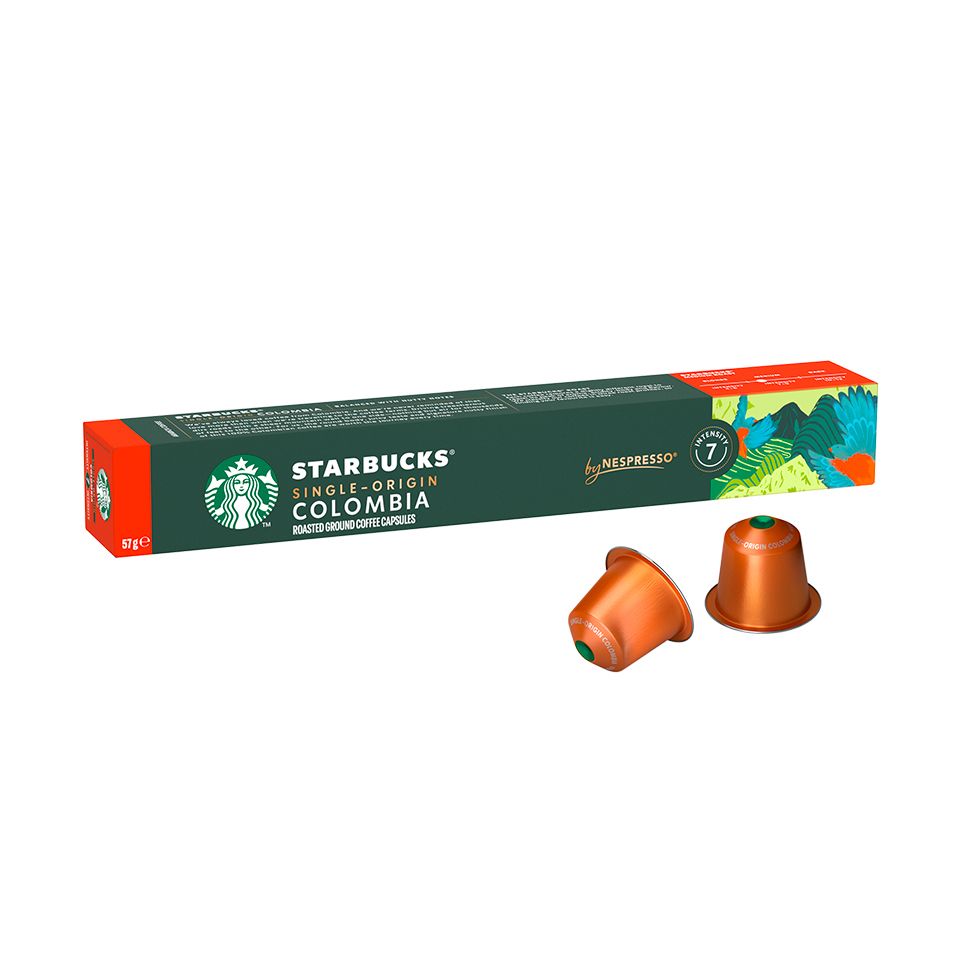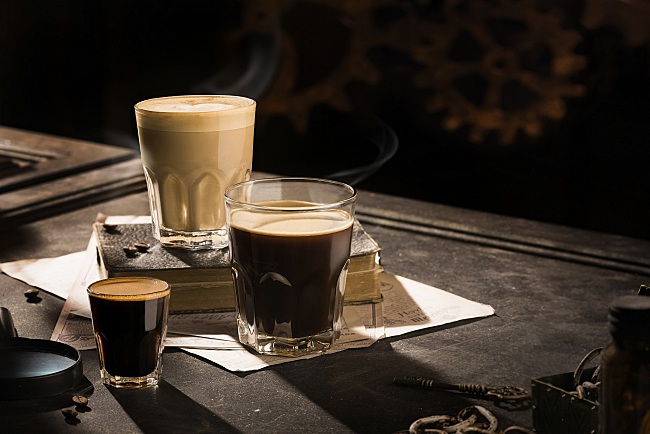Coffee Beans Uncovered: Finding the Keys of Coffee and Blended Coffee Beans
When you think regarding coffee, what comes to mind? Is it the rich fragrance of espresso or the complexity of a well-crafted mix? Comprehending the nuances of coffee beans can change your experience.
The Origins of Coffee: A Historic Viewpoint
Although espresso is currently a staple in coffee society worldwide, its origins trace back to the very early 20th century in Italy. You could be amazed to learn that the innovation of espresso was driven by a desire for rate and efficiency. In 1901, Luigi Bezzera patented the very first espresso machine, aiming to brew coffee faster than standard techniques. This advancement promptly captured the attention of Italian coffee enthusiasts, bring about the coffee bars we know with today.
Recognizing Coffee Beans: Features and selections
When you believe about coffee, it's necessary to recognize the different bean varieties and their special flavors. Each kind brings a distinct personality to your mug, affected by aspects like roast degrees. Understanding these components can elevate your coffee experience considerably.
Espresso Bean Varieties
As you check out the globe of coffee, you'll rapidly discover that not all beans are created equivalent; each selection brings its own distinct tastes and characteristics to your cup. The most popular kinds consist of Arabica and Robusta. Arabica beans are recognized for their smooth, nuanced flavors and lower high levels of caffeine content, making them a favored among coffee lovers. On the various other hand, Robusta beans load a stronger punch with higher caffeine and a more bitter taste, frequently favored in blends for their crema-enhancing top qualities. You could additionally come across specialized beans like Liberica and Excelsa, which use distinct accounts and are less usual. Each selection offers something different, so exploring will certainly help you find your best espresso.
Flavor Accounts Discussed
Recognizing the taste accounts of various espresso beans can raise your coffee experience. Each bean selection uses distinct qualities that influence mouthfeel, scent, and preference. As an example, Arabica beans typically present a sweeter, extra complex taste with tips of fruit and floral notes, while Robusta beans have a tendency to be bolder, with nutty and natural touches.
When you explore single-origin beans, you may uncover distinct local tastes-- Central American beans may be intense and citrusy, whereas Italian blends often deliver abundant, chocolatey notes.
Roast Degrees Effect
Roast degrees play a vital role in shaping the taste and scent of coffee beans, influencing your general coffee experience. Recognizing these roast degrees aids you choose the coffee that suits your taste choices. Experimenting with different roasts can lead to wonderful explorations, enhancing your appreciation for espresso.
The Art of Mixing: What Makes Blended Coffee One-of-a-kind
What makes combined coffee so interesting? It's all regarding the art of incorporating beans from various beginnings, roast degrees, and taste profiles. You're not just mixing; you're developing an unified balance that highlights the toughness of each bean when you mix. You can explore various mixes to improve sweet taste, acidity, and body, resulting in a mixture that's richer and much more complex than a single-origin coffee.
Blending additionally permits you to deal with diverse preference preferences. You can craft a mix that's smooth and smooth or one that's bold and durable, depending on your target market. And also, blending can aid maintain consistency, supplying a trusted flavor experience despite seasonal variants in beans. Whether you're a home or a barista brewer, understanding the art of mixing opens up a world of creativity and taste possibilities, making your coffee experience truly special.
Flavor Accounts: Tasting Notes of Coffee vs. Blended Coffee
Mixed coffee provides a globe of flavor opportunities, but when it comes to coffee, you're looking at a more concentrated experience. Coffee generally showcases strong, abundant tastes with a thicker mouthfeel.
On the various other hand, blended coffee presents a complicated tapestry of tastes. You can discover a variety of sampling notes, from nutty and sweet to floral and fruity. Each mix can use something one-of-a-kind, often incorporating beans from various areas to develop a balanced account.
While coffee delivers a strike, combined coffee welcomes you to enjoy the subtleties. Whether you favor the durable stamina of coffee or the complex flavors of blended coffee, each cup tells its very own tale, awaiting you to uncover.
Developing Techniques: Developing Your Coffee Shot
To attain the excellent coffee shot, comprehending the developing techniques is crucial, as also small modifications can considerably influence the taste and quality. Start by utilizing fresh, premium coffee beans; grind them just prior to developing for maximum taste. Goal for a great work, about the consistency of common salt, to guarantee optimal removal.
Following, focus on your water temperature level; it needs to be in between 195 ° F to 205 ° F. Too warm additional hints or also chilly can ruin your shot. Usage regarding 18-20 grams of coffee for a double shot, and tamp it equally with solid pressure to create an uniform puck.
Ultimately, regulate your removal time; go for 25-30 seconds. A longer extraction can bring about bitterness, while also short can result in sour tastes. Practice these strategies consistently, and you'll refine your abilities, accomplishing that rich, robust espresso shot you yearn for. Appreciate the trip!
The Duty of Roast Levels in Espresso and Blended Coffee
After mastering the brewing strategies for espresso, it's time to consider just how roast degrees influence the flavor account of your coffee. The roast degree can substantially change your espresso's body, preference, and fragrance. Light roasts have a tendency to highlight the coffee's beginning, providing intense acidity and fruity notes, while medium roasts equilibrium acidity and sweet taste, producing an all-round taste. Dark roasts, on the various other hand, bring out bold, abundant flavors with reduced level of acidity, frequently creating delicious chocolate or great smoky undertones.

Checking Out Sustainability: Moral Sourcing of Coffee Beans
When you choose coffee, you're not simply choosing a flavor; you're deciding concerning the impact on farmers and the environment. Comprehending Fair Profession techniques, chemical-free farming methods, and qualification requirements directory can help you sustain sustainable coffee sourcing. Allow's discover exactly how these aspects add to an extra honest coffee experience.
Fair Trade Practices
Fair Trade methods play an important function in ensuring that coffee beans are sourced fairly and sustainably. You support farmers that get reasonable earnings and job in safe problems when you choose Fair Trade coffee. This commitment to moral sourcing helps combat destitution and promotes community development in coffee-growing areas. You'll discover that Fair Trade accreditation likewise urges eco-friendly farming methods, as manufacturers are incentivized to safeguard their land and sources. By selecting Fair Trade brands, you're not simply enjoying a rich mug of coffee; you're making a favorable influence on the lives of those who expand it. Your option matters, and it links you to a worldwide movement concentrated on justness and sustainability in the coffee industry.
Chemical-free Farming Approaches
As you explore the globe of ethical coffee sourcing, chemical-free farming approaches emerge as an essential element of sustainability. By selecting natural coffee, you sustain methods that prioritize soil wellness, biodiversity, and natural ecosystems. Farmers stay clear of artificial pesticides and plant foods, relying rather on natural garden compost and crop turning to improve dirt fertility. This not only shields the atmosphere however also enhances the quality of the coffee you take pleasure in. Organic farming motivates regional wildlife and advertises a balanced ecosystem, lowering the possibilities of condition and bugs. Additionally, it often brings about stronger, healthier coffee plants, resulting in richer tastes in your cup. You're making a mindful option that profits both the earth and your taste buds. when you choose for natural coffee.
Qualification Standards Explained
Recognizing accreditation standards is crucial for any person thinking about morally sourced coffee. These standards, such as Fair Trade, Jungle Partnership, and USDA Organic, guarantee that coffee is grown under sustainable techniques. When you pick licensed coffee, you sustain farmers that stick to ethical labor practices and ecological protection.
Fair Trade accreditation focuses on offering reasonable incomes and working problems, while Jungle Alliance highlights biodiversity and ecological community conservation. USDA Organic assures that no artificial fertilizers or chemicals are utilized. By acquainting yourself with these accreditations, you can make educated choices that align with your values. Next time you go to your local coffee shop or grocery shop, search for these labels, and feel excellent recognizing your coffee purchase positively influences communities and the setting.
Frequently Asked Concerns


Just How Does Altitude Affect the Growth of Coffee Beans?
Elevation impacts coffee bean development by influencing temperature and climate. Greater elevations often produce denser beans with more complicated flavors, while lower elevations can lead to faster growth but much less flavorful results. You'll taste the distinction!
What's the Distinction Between Arabica and Robusta Beans?
Arabica beans are sweeter and extra intricate, while Robusta beans have a more powerful, harsher taste with higher caffeine web content. You'll locate Arabica favored for specialty coffees, whereas Robusta's usually made use of in instantaneous coffee and espresso blends.
Can Coffee Beans Go Poor or Lose Flavor With Time?
Yes, coffee beans can go negative and shed taste in time. If you keep them improperly or maintain them too long, they'll become stale. Constantly keep your beans in an airtight container far from light and moisture.
What Are the Wellness Perks of Drinking Coffee?
Consuming alcohol espresso increases your power, improves mental quality, and might reduce the threat of particular diseases. It's rich in antioxidants, supports metabolic rate, and can boost mood, making it a helpful choice for your day-to-day routine.
How Does Water High Quality Effect Espresso Extraction?
Water quality substantially influences coffee extraction. moved here It impacts the solubility of oils and tastes, affecting preference and aroma. Making use of filtered water can enhance your coffee, guaranteeing a delightful and balanced mug whenever you make.
Coffee Beans Uncovered: Uncovering the Keys of Espresso and Blended Coffee Beans.
Understanding the taste accounts of various coffee beans can elevate your coffee experience.Roast degrees play a necessary duty in forming the flavor and fragrance of coffee beans, affecting your general coffee experience (SOE).Mixed coffee offers a globe of flavor opportunities, yet when it comes to coffee, you're looking at an extra focused experience.After grasping the brewing methods for coffee, it's time to consider exactly how roast levels influence the taste profile of your coffee